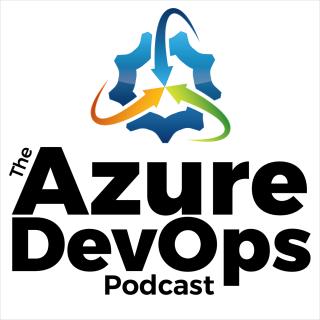Om avsnittet
Jeff is the co-creator of Scrum and a leading expert on how the framework has evolved to meet the needs of today’s business. The framework he developed in 1993 and formalized in 1995 with Ken Schwaber has since been adopted by the vast majority of software development companies around the world. However, Jeff realized that the benefits of Scrum are not limited to software and product development. He has adapted this successful strategy for several other industries, including finance, healthcare, higher education, and telecom. As the CEO of Scrum Inc., Jeff sets the vision for success with Scrum. He continues to share best practices with organizations around the globe and has written extensively on Scrum rules and methods. With a deep understanding of business processes — gleaned from years as CTO/CEO of eleven different software companies — Jeff is able to describe the high-level organizational benefits of Scrum and what it takes to create hyperproductive teams. Topics of Discussion: [:35] Introduction of Jeff Sutherland, co-creator of Scrum. [3:47] Jeff Sutherland’s background: His experience at West Point and lessons in making work visible. [5:19] Fighter pilot experiences that influenced the operational side of Scrum. [6:02] Transition to the Air Force Academy and work in AI at Stanford. [7:38] Learning complex adaptive systems and the origin of Agile from complex systems theory. [8:30] How complex systems theory impacts Scrum and Agile teams today. [9:25] Jeff’s first experiences applying Scrum in the banking industry. [11:25] The development of Scrum and the 2001 Agile Manifesto. [12:57] Making work visible and organizing teams, from West Point to Toyota to the Agile Manifesto. [13:23] Fast forward to 2024: Issues in Scrum and Agile practices, including sprint lengths and backlog grooming. [14:34] Jeff’s new book: First Principles in Scrum and its relation to Scrum technology stacks. [16:23] Building autonomous systems: Lessons from radiation physics, AI, and complex adaptive systems. [19:16] The influence of autonomous robots on the creation of Scrum. [21:14] Discussion of Scrum and AI, leading to “Extreme Agile.” [22:47] Predictions for the future of Scrum and Agile: Teams becoming 30 to 100 times faster by 2030. [23:37] Example of AI in action: Developing a system to handle expense reports using Scrum principles. [29:37] Challenges with AI-generated code and the need for strong software architecture knowledge. [33:24] The importance of following Scrum “by the book” to achieve hyperproductivity. [35:30] Jeff’s closing advice on adapting to extreme agile to stay competitive by 2030. Mentioned in this Episode: Clear Measure Way Architect Forum Software Engineer Forum Programming with Palermo — New Video Podcast! Email us at programming@palermo.net. Clear Measure, Inc. (Sponsor) .NET DevOps for Azure: A Developer’s Guide to DevOps Architecture the Right Way, by Jeffrey Palermo — Available on Amazon! Jeffrey Palermo’s Twitter — Follow to stay informed about future events! How the Agile Manifesto Came To Be Want to Learn More? Visit AzureDevOps.Show for show notes and additional episodes.

